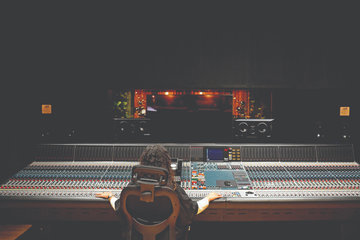![]()
Avatar
There’s nothing wrong with those old black and white movies, but sometimes you want something with a little color to treat the eyes. And sometimes you want a lot of color, seeking cinema at its most gorgeous of cinematography and color usage. Here are nine films that stand out for featuring some of the most amazingly colorful shots and scenes ever put to celluloid.
Mad Max: Fury Road
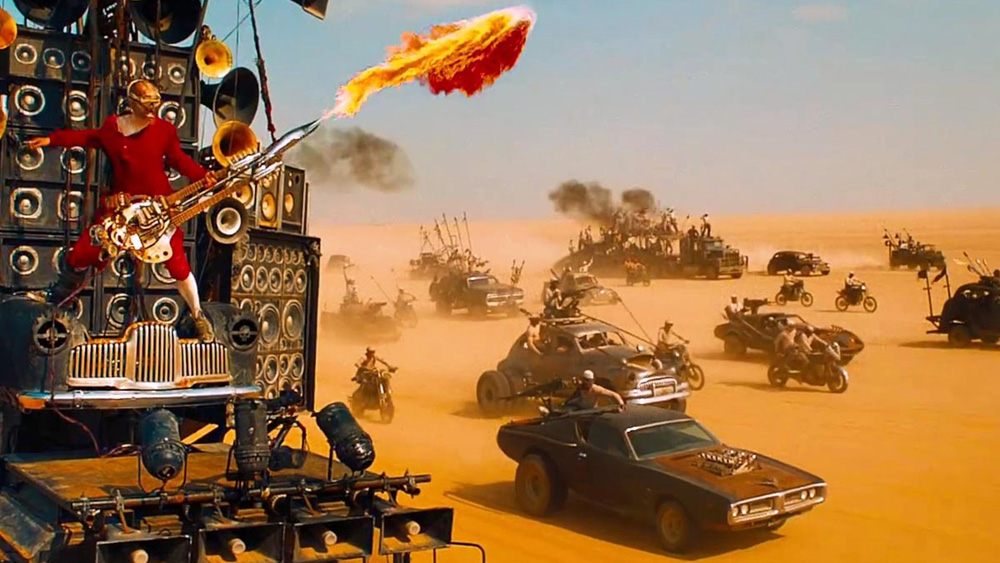
For a post-apocalyptic world of sandy dunes and rusted cars, the setting of Mad Max has never looked as stunning as it does in Fury Road. The skies are always a bright blue and the sands a popping orange, as every exterior shot appears as the most gorgeous comic book panel you’ve ever seen. Even a gigantic storm of dust and lightning is still bursting with color. There were over 2,000 visual effects shots for this picture and several unique shooting techniques were used to bring out more color from the desert setting. The night scenes were shot during the day with the footage overexposed and tweaked to create that deep blue of night. If this all seems too colorful, don’t worry; a Shiny and Chrome edition was created to show off how amazing the film still looks in black and white.
The Grand Budapest Hotel

Wes Anderson’s films are always beautifully shot and detailed with the craftsmanship of a decadent illustration, but The Grand Budapest Hotel is by far his most lush of productions. The hotel itself is a sight to behold with its pink walls for the exterior, loud red for the interior and a refined purple for the hotel uniforms. Anderson has amazing control over his environments in his films, especially in Grand Budapest which utilized a real hotel for its setting and miniature models for the larger exterior sequences.
La La Land
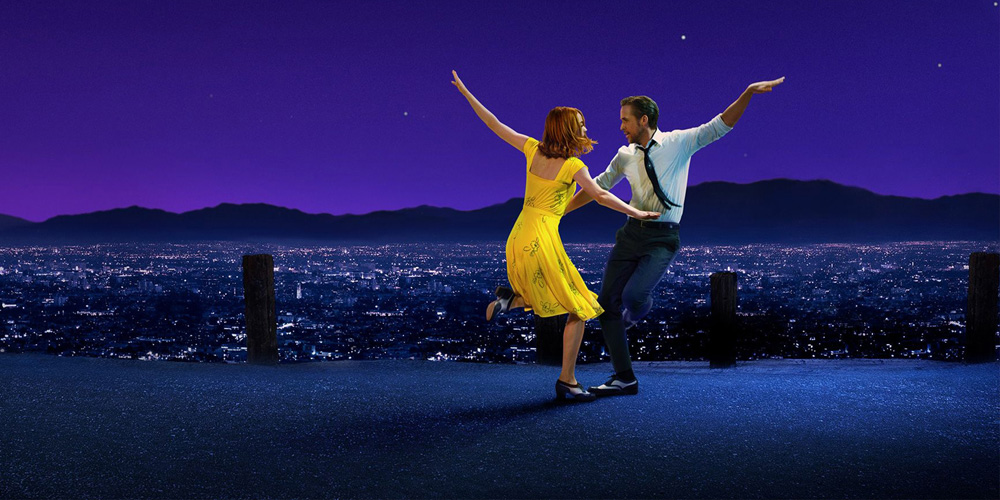
Hollywood never looked so bright, bold and wondrous as it does in La La Land. From the perfectly purple evening sky to the brightly primary dresses, every element of the film seems to pop and sing as much as the talent on screen. In particular, the opening dance number on a Los Angeles highway is an unforgettable scene that’s a real treat for the eyes. Another day of sun never looked so bright.
Speed Racer

The Wachowskis may have created a world entirely comprised of obvious CGI, but it’s a world filled with enough bold eye candy to give you a cavity. The world of Speed Racer is loaded with multi-colored cities and race tracks that appear as though the Wachowskis dumped a big bag of Skittles into the camera. It’s also very well shot, allowing the viewer to better appreciate the neon lights of a commercial track to the warm sand dunes of cross-country races.
Avatar
![]()
James Cameron spent a lot of time and money conceiving the dazzling alien world of Pandora and it was well worth the effort. The alien planet, composed entirely of CGI, comes with all manner of breathtaking lighting and creatures big and small (but mostly big). So vivid and alive was Cameron’s world that it apparently drove some viewers to suicide for being so depressed they’d never see such a world. If only they had the patience to wait for the Avatar-themed park experience just recently finished.
Willy Wonka and the Chocolate Factory
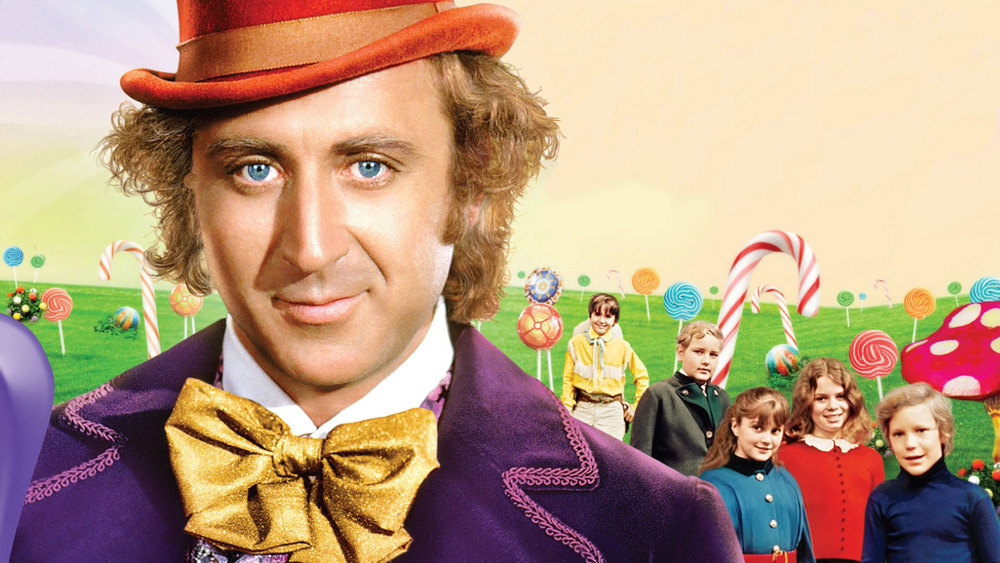
The inside of Willy Wonka’s factory looks about as delicious as the candy it churns out. Be it Wonka’s purple jacket, the orange Oompa Loompas or the rivers of chocolate, every shot of the interior is a dream-like wonder of what a child probably imagines a candy factory must look like. Who could ever forget that beautiful moment when Wonka first lets his guests into his garden of candies? Even the more sterile scenes, as with the giant room of white that can shrink candy bars, still feature popping colors and amazing cinematography.
The Wizard of Oz
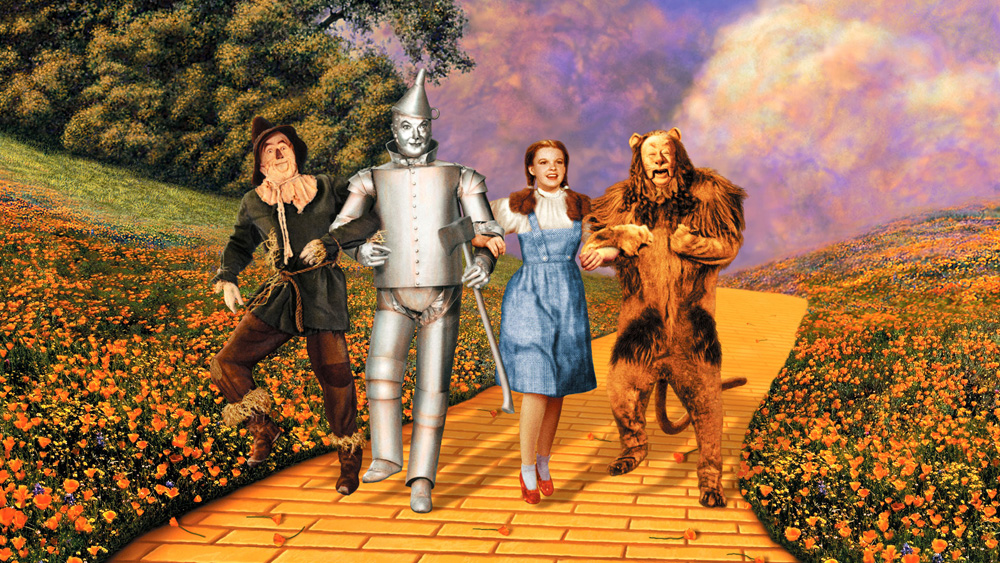
The classic 1939 adventure film begins with no color in its sepia tone of the real world, but soon transforms into one of the most colorful films ever made when Dorothy enters Oz. The early use of Technicolor comes as a major splash of beauty for the film’s yellow brick road, glittering ruby shoes and the evil green witch. The land of Oz marked such an astonishing technical shift in the film and a major innovation in filmmaking, especially when considering the farmhouse had to be painted a sepia tone in the one shot of transitioning from the black and white world to the lush Oz.
The Fifth Element
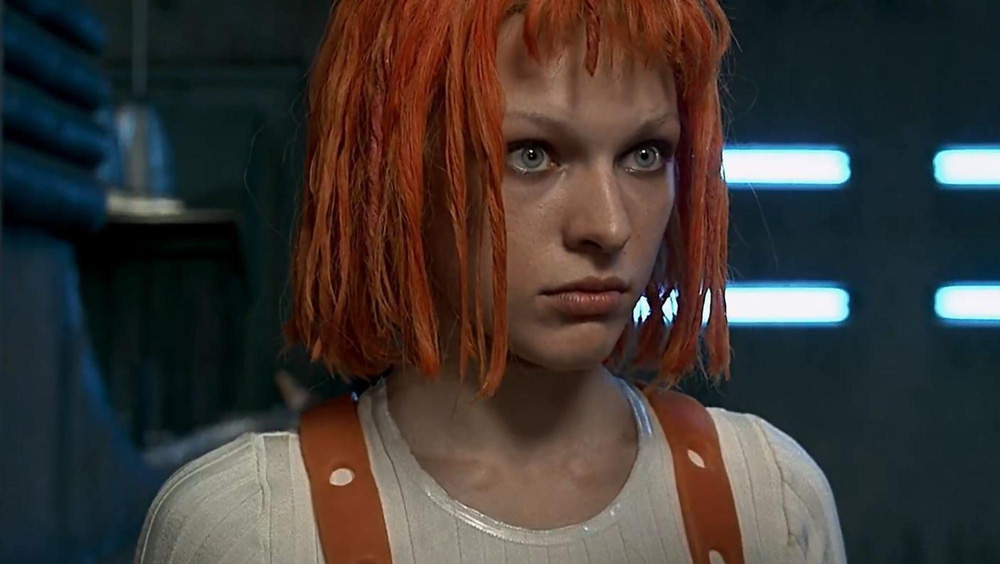
Luc Besson’s sci-fi epic comes fully loaded with everything from hover cars to starship armadas to ancient alien tech. Even more bold than the sets is the iconography of Milla Jovovich’s character of Leeloo, unmistakable in her bright orange bob and suspenders. Considering the film came about during a time of sterile science fiction such as Lost in Space and Armageddon, The Fifth Element shines all the more brighter.
Dick Tracy
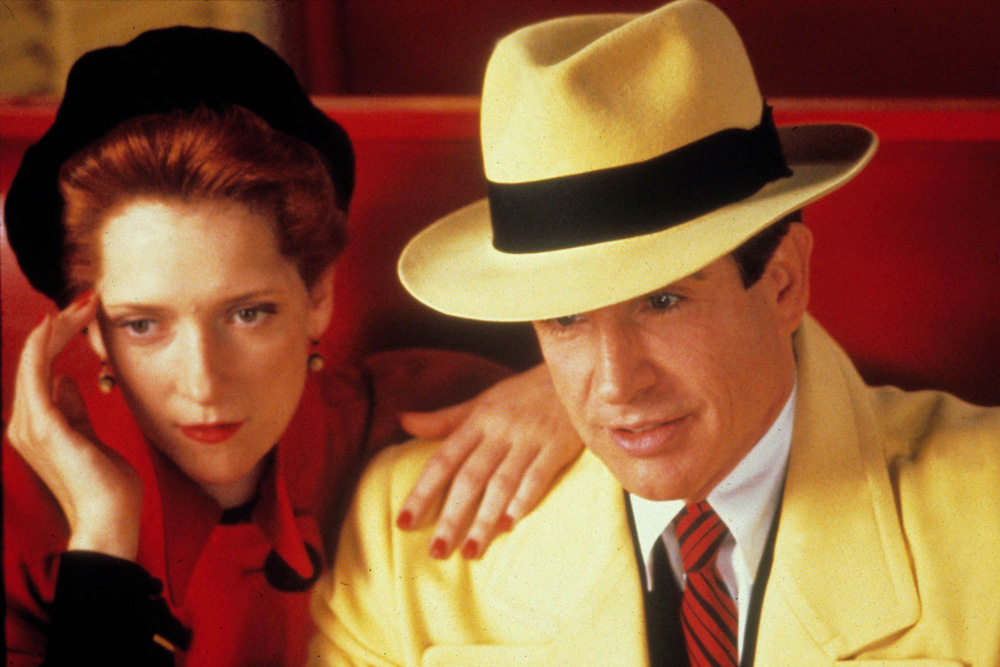
Warren Beatty’s adaptation of the classic comic book character is so faithful to its source that it appears as surreal dream. Scenes of city streets and warehouses that could be boring are given big splashes of flashy hues to make them standout. The film may only use seven major colors, including the iconic yellow of Dick Tracy’s jacket, but it uses those limitations with style.





